There are just a few simple steps to complete the Manuscript Submission Process.
On the next page, you will be asked details about your manuscript. Every box is important as this material shapes what is seen by the editors of over 75 Traditional Publishers. Each item MUST be filled out in order to proceed with your Christian manuscript submission. There are several pull-down menus and you must select an option for each in order to proceed with your author submissions process. There are also four boxes to include different categories of information. At the top of each box where you enter your material you will find a help button in blue. This will take you to a sample and tips about what each box should contain. There is a word limit for each section. Here are descriptions of the four boxes you will be asked to fill in:
Your “Brief Description” in the first box should be about 150-200 words. For a sample of what we’d like to see in your brief description, click here.
The “Credentials, Platform and Marketing” blurb in the second box should be about 50-75 words. This box is intended to briefly tell us more about you and who you see as the potential market for your book. For a sample of what we’d like to see, click here.
We’ll then ask you for an Expanded Synopsis that tells our editors more about the manuscript so they have enough information to do the evaluation (approximately 500 words):
- If your manuscript is fiction, we ask you to give us a synopsis of your entire fiction story (i.e. plot, spiritual take-away, character arc, how conflict is resolved, how it ends, etc.). For a sample of what we’d like to see, click here.
- If your manuscript is non-fiction, we ask you to submit a basic outline or an expanded table of contents (approximately 500 words). Basically we need you to provide a brief sentence or two of what each chapter is designed to convey under each Contents page heading. For a sample of what we’d like to see, click here.
- If it is a children’s manuscript (1000 words or less), you can include the entire manuscript (no illustrations needed at this juncture).
Finally, we allow you to cut and paste up to three sample chapters of your book to upload (children’s manuscripts more than 1000 words can upload chapters here).
After the manuscript has been entered, the next step is to check out. Here we will ask you for your personal information (Name, Address, etc.). IF YOUR BILLING ADDRESS IS THE SAME as the Author Address, you can just fill out the Billing address portion and check the box at the top to populate the Author Address. IF THE BILLING ADDRESS IS DIFFERENT from the Author Address, you will need to fill in both. This page is also where we will accept your credit card information under our secure credit card services. The standard fee is $99 for Writer’s Edge Service Author Submissions. If you have a coupon code, you will need to click on the box at the top and fill in the code, then click “ENTER” or it will not take your coupon. Once you have all the information correct, click “SUBMIT.”
We suggest you consider getting these materials written, organized, and ready before you click to start, so you can expedite the submission process.
After you enter in your submission, you’ll be taken to the checkout page. Upon successful completion of payment, you’ll receive a confirmation of your manuscript and payment. Your manuscript will then be assigned an editor. Please allow 30 days for your manuscript to be reviewed. If you haven’t heard from your editor by that time, please feel free to contact us.
When ready, click here to begin.
Think about the back cover copy of a good book. Try to describe in a few words the essence and “hooks” that will convey your book’s content in the best possible way. Here is a sample of a book that landed a publisher:
(Working Title: The Wooing of Jane Grey)
Jane Grey’s life was fine.
Fabulous career: check. Faithful friend: check. Serving in the church nursery: check. Lather. Rinse. Repeat.
And yet… Jane had promised herself she’d never let life become predictable. Now she finds herself thirty-something, feeling a bit lumpy, lonely and lost. A nagging pit in her stomach tells her she desperately needs a change.
Proving He has a sense of humor, the Lord deposits not one, but two handsome suitors into Jane’s life – seemingly overnight! Practical Paul Wade, a successful attorney,
seems Jane’s perfect match … on paper. Meanwhile, pro hockey hunkster Lindy Barrett
is clearly out of her league … or is he?
To decide, Jane must finally seek out that sweet spot lying somewhere between her head and her heart. Whose woo will win the heart of Jane Grey? God knows, but He’s not telling!
Publishers want to know why you are the right person to write this book. They also want to know what platform or connections you have or can create to help promote your book. Here is a sample:
(Working Title: Overcoming Doubts and Depression)
Dr. Rhonda Wilson is a licensed psychologist and holds two advanced degrees. She has published articles in magazines as well as a Christian women’s suspense novel she self published. She has served as director of counseling for two large churches. Her husband, David, is a pastor of a large metropolitan church inIndianapolis and a successful author. Dr. Wilson speaks at many conferences and venues where this book could be sold.
She also has a blog called “Healthy Minds, Holy Hearts” with over 20,000 followers.
Here is an example of how to show the scope of your novel so the editor has a good idea of where you are going, how the plot progresses, the conflicts involved in the story and how it ends. Basically, just give a synopsis of the story.
(Working Title: Watercolor Summer)
Kathleen waits in an airport for her flight when she sees a magazine cover that reads,
“ONE MOMENT IN TIME: WHAT IF YOU COULD RELIVE IT?”
This starts Kathleen remembering the summer she turned 13 and how that summer changed her life forever:
As the only child of a southern aristocratic father and a bohemian artist mother, Kat feels out-of-place no matter where she is; even in her own family. Her parents’ differences in background, values and interests seem to always put Kat in the middle of a veiled conflict. In her world, everyone appears to have self-serving motives. As a result, Kat becomes angry and withdrawn.
In her thirteenth summer, 1969, Kat is dragged by her mother to yet another artist colony on the beaches of Northwest Florida. There, her feelings of isolation and hopelessness unleash into a selfish rage. Self-pity overwhelms her and she contemplates every escape, including suicide.
Malcolm, a mentally challenged boy, who is living at the artist colony in Florida, tries to befriend Kat, but Malcolm’s very presence annoys her to her core. Malcolm’s caretaker, Jeanette, a simple, but lov-ing woman who runs the artist colony, becomes the bane of Kat’s existence, peppering seemingly every moment with ridiculous country wisdom and humor.
As the summer progresses, Kat finds out that Malcolm’s parents had abandoned him at the colony when he was five years old. This tugs at Kat’s heart a little, but her guard goes back up when it be-comes more and more likely that her parents are going to end their marriage.
At summer’s end, Malcolm becomes ill. It is revealed that Malcolm has a congenital heart defect that must be repaired if he is to live. Just before he is to leave for New Orleans’ Oschner’s Clinic, a storm at sea begins to brew and his surgery is in question. One afternoon, Kat goes for a swim in the gulf and gets caught in the undertow. Malcolm had been following Kat and tries to rescue her. Rescue comes for both Kat and Malcolm, but Malcolm’s weak heart is made weaker by his struggle in the water.
Malcolm is taken to the local hospital where he is in critical condition. Meanwhile, Hurricane Camille is fast approaching the Gulf Coast. Kat, Jeanette, Mary Alice, Chandler remain at the hospital to keep a vigil and to wait out the storm. Malcolm’s heart, however, is too weak. Sadly, he dies.
At Malcolm’s funeral, Kat sees a woman who she suspects is Malcolm’s biological mother. When Kat voices her suspicions to her mother, Chan tells her daughter that she also believes this was Malcolm’s mother. Mary Alice Spaulding fills in the details of the back-story on Malcolm and his abandonment at the colony. She had been in contact with Vera, Malcolm’s mother for several years. Vera, who was finally free from an abusive husband, moved back near the colony so that she could keep watch over her son from a distance. What seemed at first to be a mother’s selfish act, begins to look more like an act of mercy.
As Kathleen and her mother leave the colony at the end of the summer, Kathleen begins to see how her life is starting to make more sense.
The Epilogue is Kathleen on the flight she was about to catch during the Prologue. She reflects on how the “stains” of her life, like watercolor on paper, have come together to paint a beautiful scene that only God could have anticipated and ordained.
(Working Title: The Grace-Filled Divorce)
“Can I find God in the grief of my divorce?” is the unspoken question of clients who come to me to help them navigate a confusing and terrifying experience. As Christians, we are told that God is in midst of suffering. Through his incarnation, we understand that God knows the pain that we feel. He wept at the tomb of his friend, Lazarus. He suffered and died on the cross. But the grief and suffering that comes with divorce seems to challenge this assumption. After all, the Bible clearly states, “God hates divorce.” For many of my clients, the logical extension is that God must hate me.
As a result, grief in divorce is given short shrift, if it is acknowledged at all. It is as though divorcing individuals do not have the right to grieve, let alone call upon God in the midst of their suffering. But centuries of Christian writings and contemplative practices attest to the fact that, in the words of John Keats, this life is the “vale of Soul-making”. Pain and suffering, whatever the cause, can be transmuted into a deeper and richer experience of God.
The words, “I want a divorce”, place people at a crossroads without markers. How the journey proceeds depends on the choice made at this intersection. One road leads to years, maybe even decades, of anger and vitriol, courtroom battles, custody fights, and, potentially, multiple failed marriages. The other, less traveled path leads toward peace and a deeper, more nuanced spiritual life. What makes the difference between these two responses to divorce? The willingness to enter into grief and allow it to become a process for spiritual formation.
My book, The Grace Filled Divorce: An Opportunity for Spiritual Formation is written to help readers understand the experience of grief in divorce on both an interpersonal and spiritual level, to transmute the pain of divorce into a transformative experience. Beginning with a foreword written by pastor and author, Chuck Smith, Jr., this book interweaves the stories of Christians whose emotional, personal and spiritual life was transformed by the experience of grief in divorce, with ancient Christian spiritual practices and psychological insights and techniques that have benefited hundreds of my clients. In my practice as a Christian psychologist specializing in relational counseling, I have witnessed the extraordinary benefits that come from consciously entering, with God, into the grief of divorce. Divorce can be the beginning of a new phase in an individual’s spiritual walk; the benefits can bless the lives of others.
OUTLINE
Foreword by Chuck Smith, Jr.
Preface
Introduction
Chapter one. When things fall apart: Laying the Groundwork
Chapter two. Awakening (Candace’s Story)
Chapter three. The Importance of Grief
Chapter four. Becoming Myself (Karen’s Story)
Chapter five. One divorce, two experiences
Chapter six. New Beginning (Maureen’s Story)
Chapter seven. Guilt and Shame: Core Issues
Chapter eight. Letting Go (Joan’s Story)
Chapter nine. Lessons from Marriage
Chapter ten. An Amazing Adventure (Jeanne’s Story)
Chapter eleven. Your Ex-spouse: Your emotional workout partner
Chapter twelve. Finding Goodness (Melissa’s Story)
Conclusion.
Appendices



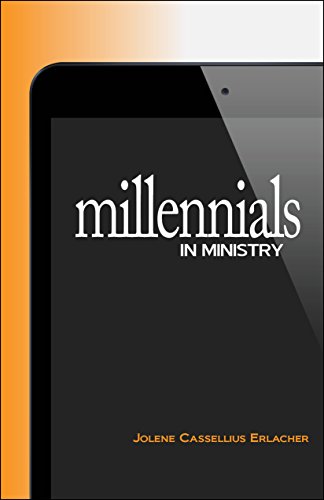
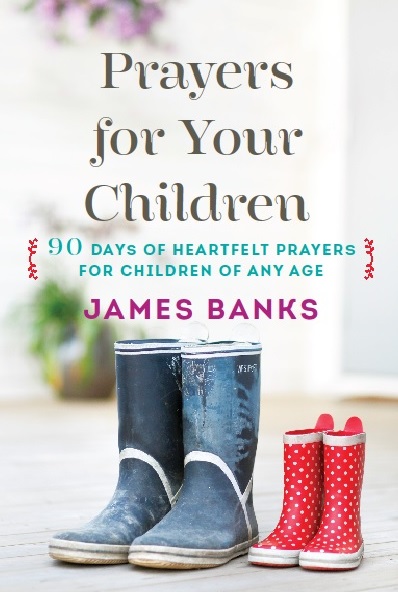



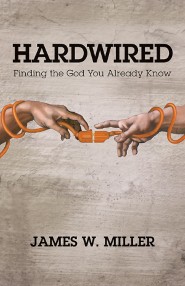
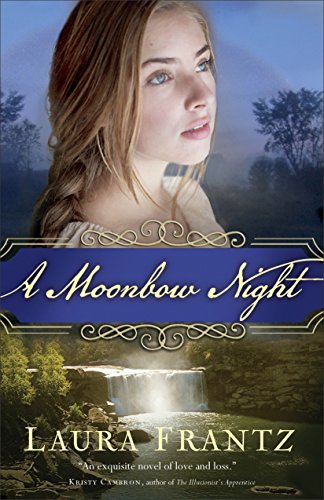
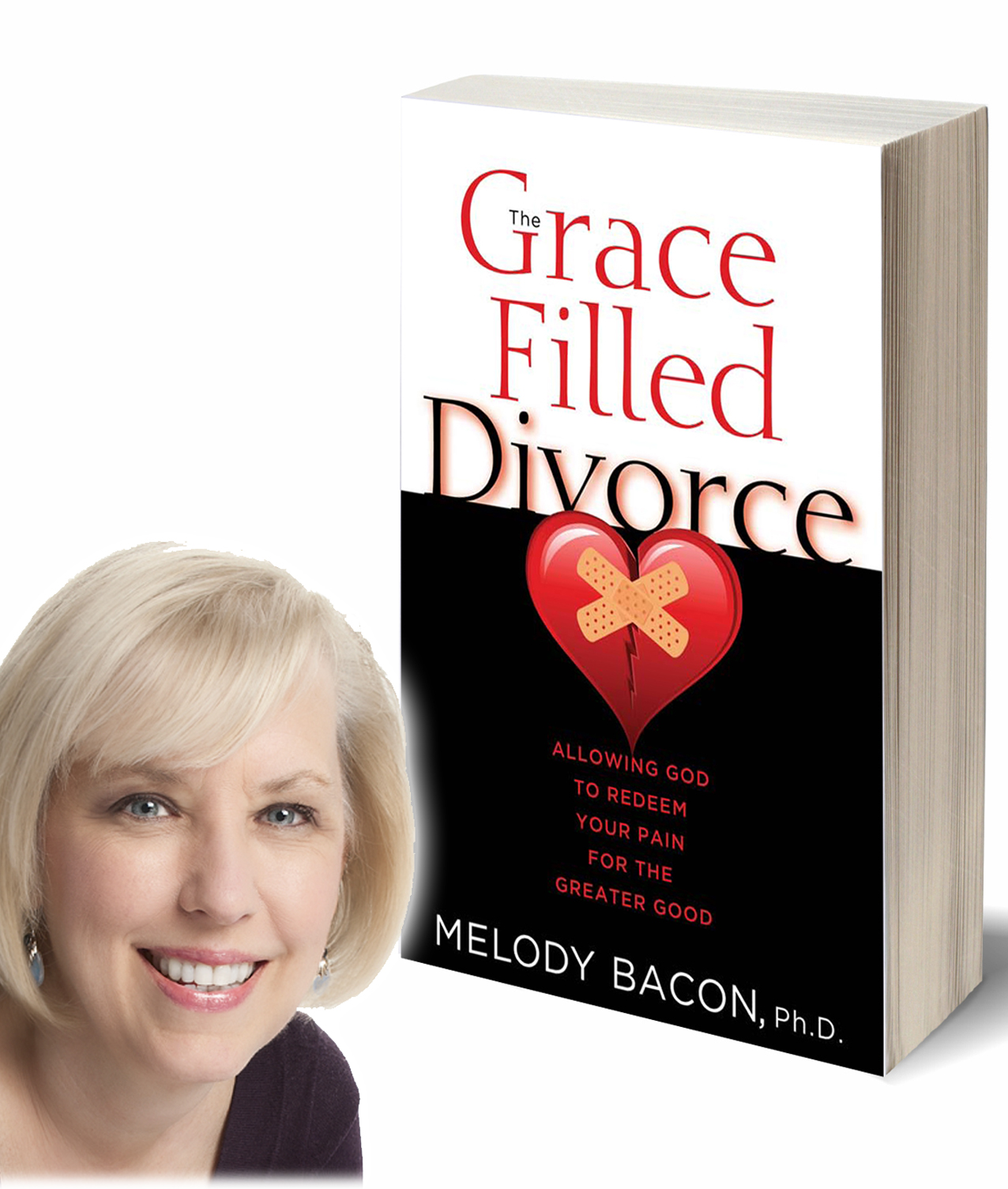
Pingback: Turn that Manuscript into the book you always dreamt it to be! – Writers Edge Service